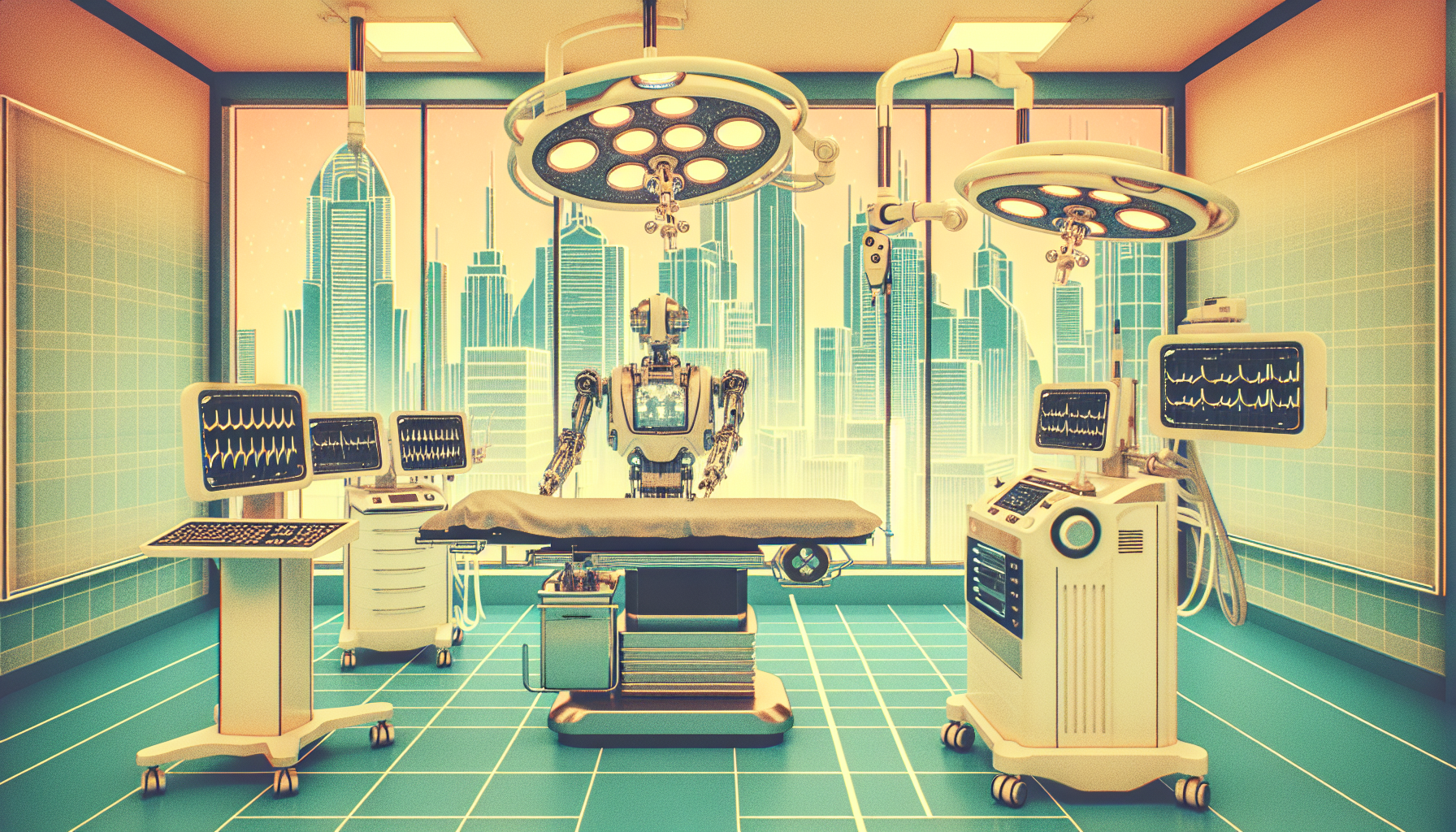The world of surgery is changing. Across the globe, hospitals are welcoming robotic systems into their operating rooms, setting the stage for a quiet revolution in healthcare. This movement is powered by remarkable advances in technology, a drive for less invasive procedures, and the growing challenge of chronic illness. In just a few short years, the robotic surgery market is expected to reach almost $14 billion by 2025. But this is only the beginning—the future promises even more extraordinary growth, with forecasts reaching as high as $55 billion by the early 2030s.
Market Growth: A Clear Trajectory
Recent numbers tell a compelling story. In 2024, the global robotic surgery market was worth just under $12 billion. Within a year, it’s predicted to approach $14 billion. This steady rise signals much more than financial expansion: it represents new hope for patients and new capabilities for surgeons.
The growth isn’t expected to slow down any time soon. By the early 2030s, market estimates range from nearly $46 billion to over $54 billion. Each year, double-digit growth rates reflect the appetite for safer, more effective operations, and the promise of technology that brings precision to human hands.
What’s Driving This Revolution?
- Chronic Diseases on the Rise: Conditions like heart disease, cancer, and problems with bones and joints are increasing around the world. Many of these illnesses require complex surgeries. Robotic systems can help surgeons perform these delicate procedures more effectively, improving results for patients in need.
- Minimally Invasive Care: Patients and doctors alike prefer surgeries that use smaller incisions. Robots make such procedures easier, leading to less pain, less bleeding, faster recoveries, and shorter hospital stays. More people are choosing these options, fueling the demand for robotic systems.
- Advances in Technology: Robotic surgical systems are becoming ever more sophisticated. With new features—like artificial intelligence and sharper imaging—they help surgeons see more clearly and work with even greater accuracy. These advances are expanding the number and types of surgeries that can be performed.
- North America Leading the Way: The United States and Canada together account for the majority of the robotic surgery market. High spending on healthcare, advanced technology infrastructure, and a willingness to embrace innovation mean this region leads in both the use and the development of robotic surgery.
Obstacles to Overcome
While the future is promising, some barriers remain. The upfront cost of acquiring a robotic surgical system can be prohibitive, especially for smaller hospitals and clinics in lower-income areas. In addition, these machines require ongoing maintenance, and the professionals who use them need specialized training. There aren’t enough skilled robotic surgeons yet, so training programs must grow to support the rising demand.
Leaders Shaping the Industry
A select group of companies is charting the course for robotic surgery’s future. Intuitive Surgical, Medtronic, Stryker Corporation, Zimmer Biomet, Smith & Nephew, and CMR Surgical are at the forefront. Their innovations are making robotic surgical care more accessible to patients, and their platforms now span a growing range of medical specialties.
An Expanding Horizon
The journey of robotic surgery is far from over. Its influence is likely to become even more profound as technology evolves. Robots and artificial intelligence are helping surgeons deliver safer, gentler, and more precise care. As these systems become more widely available, the benefits will extend to people everywhere, improving patient outcomes and relieving some of the burden on busy healthcare systems.
In short, the robotic surgery market stands as a testament to human progress—an area of medicine marked by vision, innovation, and an unwavering dedication to better healing. As we approach and move beyond the $13 billion mark, these systems will play a vital role in the next chapter of global healthcare.

Leave a Reply